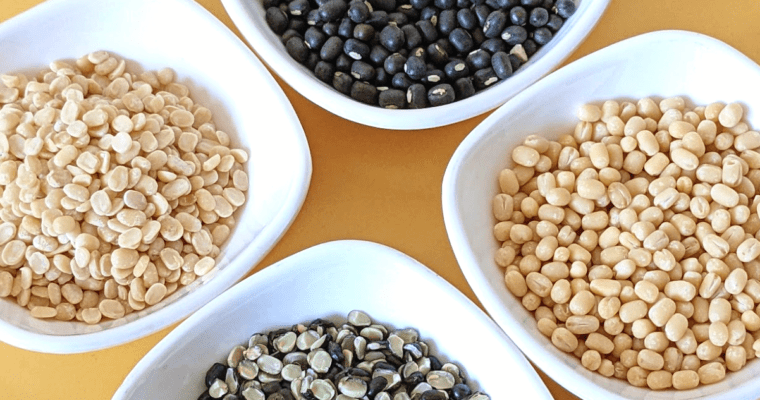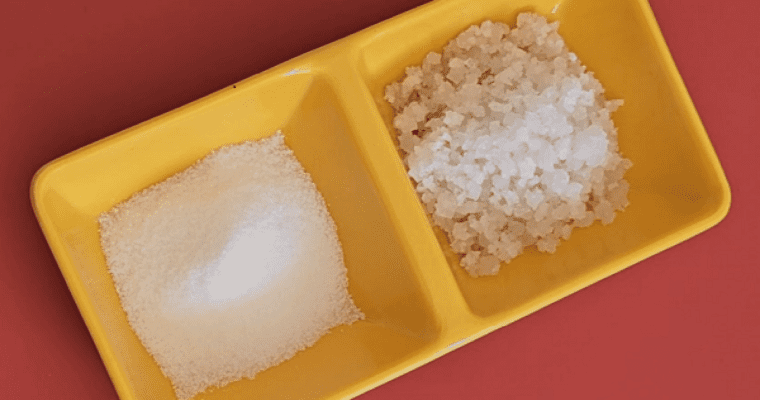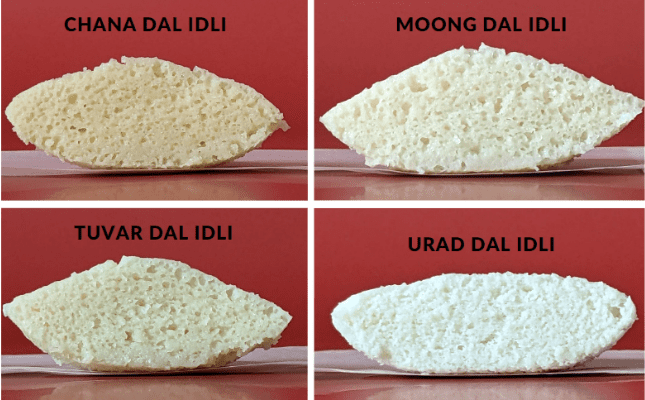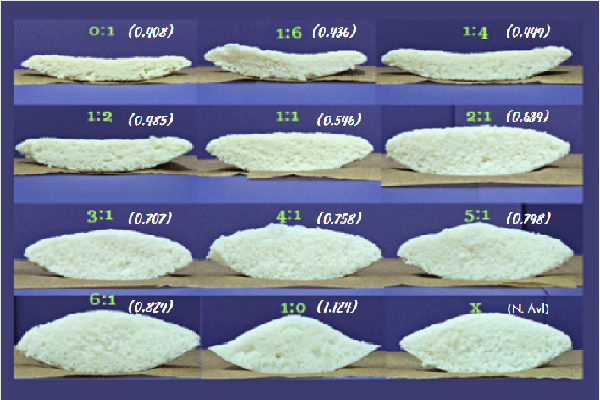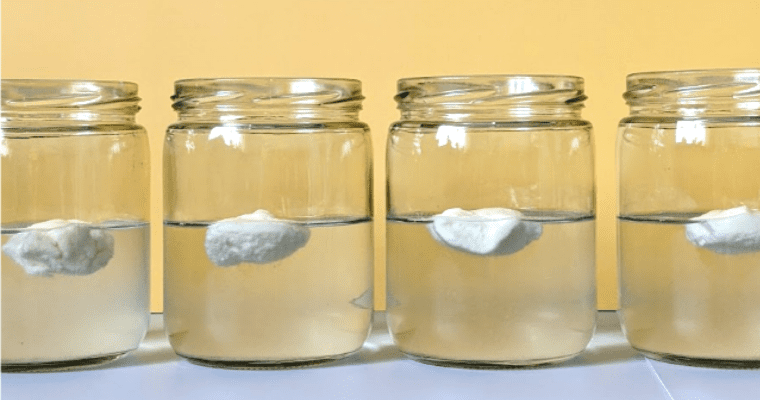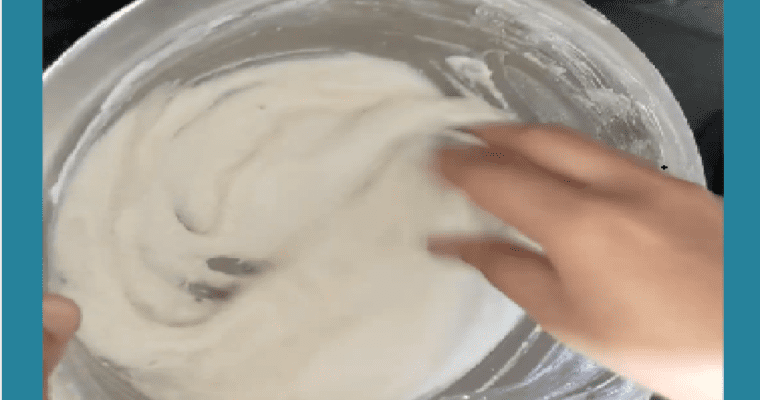Why Is Mullu Murukku Saltier?
I recently made two kinds of murukku – smooth and mullu murukku – with the same dough. To my surprise, the two shapes tasted very different though the dough was exactly the same!! Intrigued, I went into this fascinating rabbit hole of how the shape of food affects our perception of its taste…



